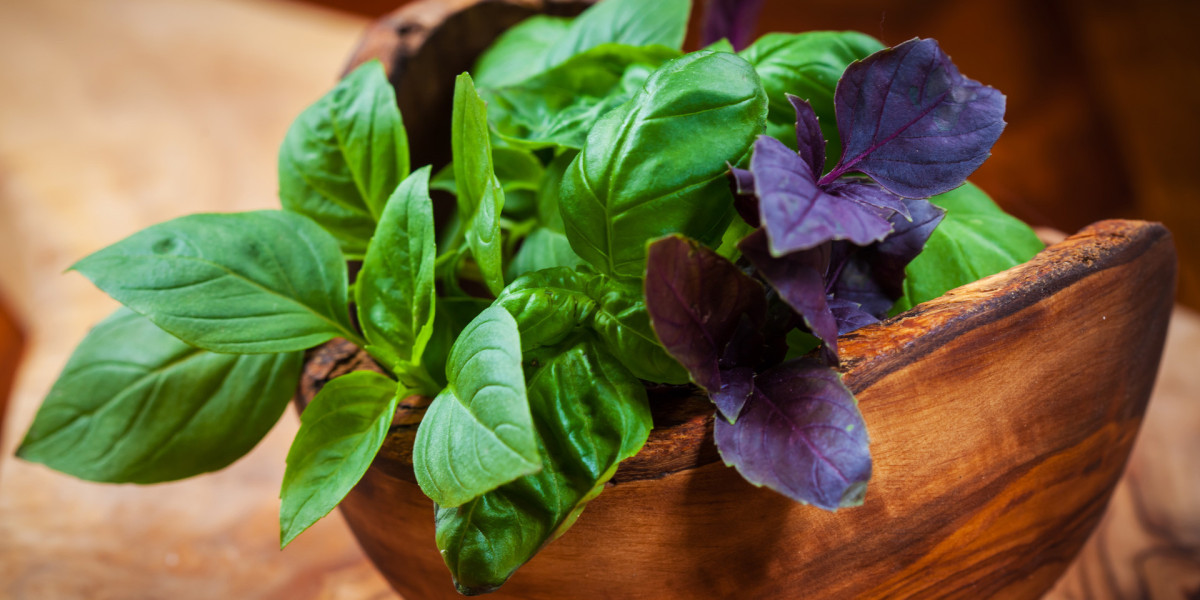Basil is a popular culinary herb known for its vibrant flavor and aromatic leaves. It's a staple in kitchens around the world, especially for those who love Italian and Mediterranean cuisines. However, growing basil can sometimes be challenging due to a common issue: the plant becoming 'leggy'. This phenomenon results in weak stems and sparse leaves, which can diminish the quality and quantity of your basil harvest. In this article, we'll explore the reasons behind leggy basil and provide practical solutions to ensure robust, bushy growth.
Understanding Leggy Basil
Legginess in basil refers to a plant that has tall, thin stems with few leaves, often stretching towards the light source. This growth pattern is not just an aesthetic issue—it affects the plant's health and the flavor of the leaves.
Causes of Legginess
- Insufficient Light: Basil requires at least 6-8 hours of direct sunlight per day. Inadequate light exposure prompts the plant to stretch towards the light, leading to long and weak stems.
- Overcrowding: When basil plants are too close together, they compete for light, which can result in leggy growth as each plant tries to outgrow the others to access more light.
- Over-fertilization: Excessive use of fertilizer, especially nitrogen-heavy fertilizers, can cause rapid, weak stem growth and fewer leaves.
- High Temperatures: Basil loves warm weather, but overly high temperatures can stress the plant, causing it to focus on upward growth at the expense of lateral branches.
Solutions to Prevent and Fix Leggy Basil
Addressing leggy basil involves both preventive measures and interventions to correct existing growth issues. Here are effective strategies to promote healthy, bushy basil plants:
Ensure Adequate Lighting
- Sunlight: Place basil plants in a location where they receive full, direct sunlight for most of the day. If growing indoors, a south-facing window is ideal.
- Artificial Light: For indoor gardens lacking natural light, consider using grow lights. Position the lights close to the plants—about 10-12 inches above the basil—to prevent them from stretching.
Proper Plant Spacing
- Spacing Guidelines: Give each basil plant enough space to grow without competition. Typically, spacing plants about 12-18 inches apart allows ample room for growth and air circulation.
Moderate Fertilization
- Balanced Nutrition: Use a balanced, slow-release fertilizer that promotes healthy growth without pushing the plant to become leggy. Avoid high-nitrogen formulas unless your soil is deficient.
Temperature Control
- Optimal Conditions: Maintain an environment where temperatures range between 70°F and 80°F during the day. Avoid placing basil in overly hot locations, such as near heat vents or on hot window sills.
Regular Pruning
- Promote Bushiness: Regularly pinch off the tips of the basil, especially the central stem, to encourage lateral growth. This method not only prevents legginess but also increases the yield of leaves.
- Harvesting Technique: When harvesting, cut back no more than two-thirds of the plant’s height to maintain health and vigor
Also Read: How to store cabbage long term
Conclusion
Leggy basil can be frustrating, but with the right care, you can transform a spindly plant into a lush, leafy herb. By understanding the causes and implementing these solutions, your basil plants will thrive, providing you with a bountiful supply of fresh, flavorful leaves for your culinary creations. Whether you're a novice gardener or an experienced green thumb, these tips will ensure that your basil remains healthy, vibrant, and productive.








